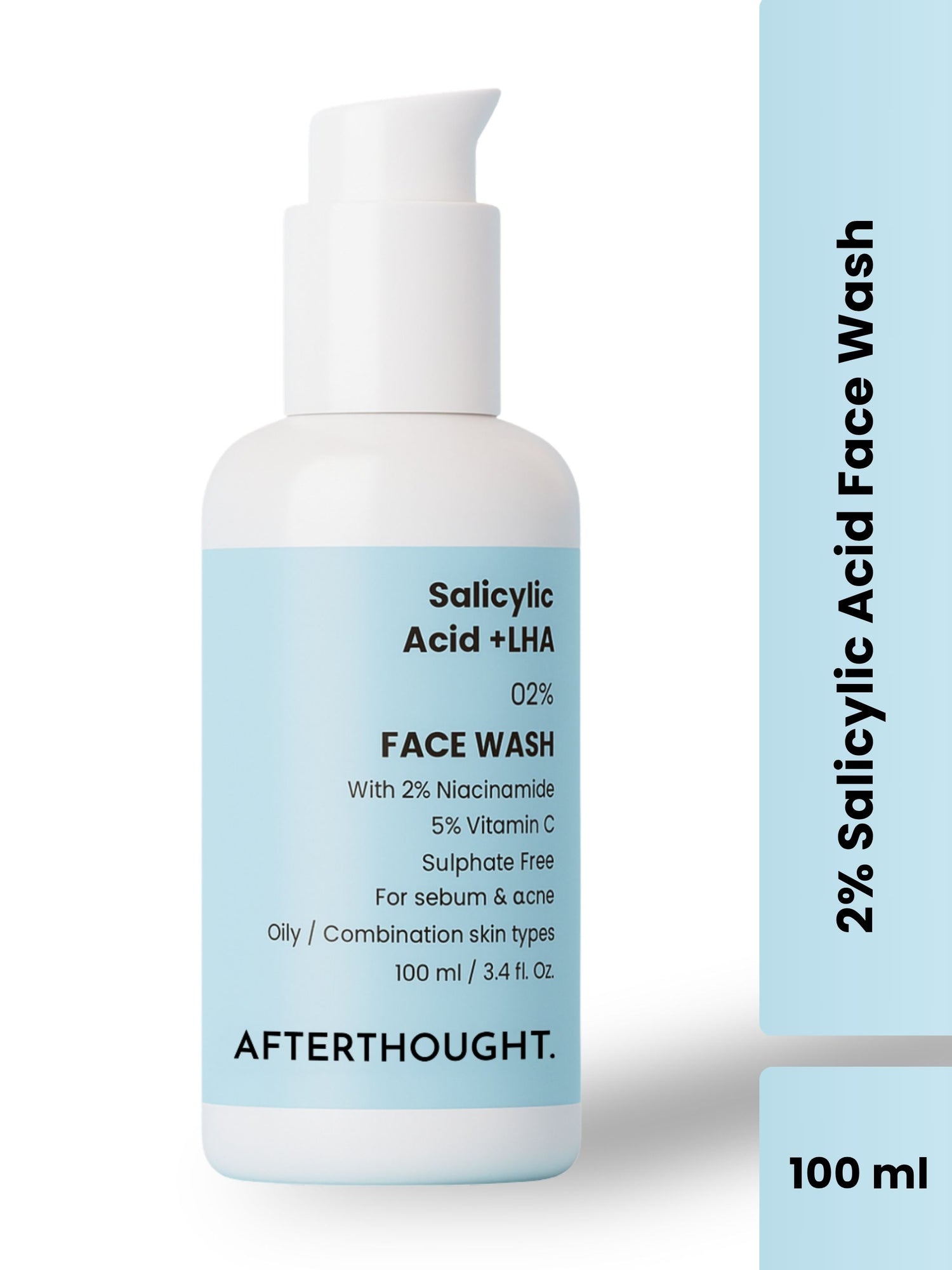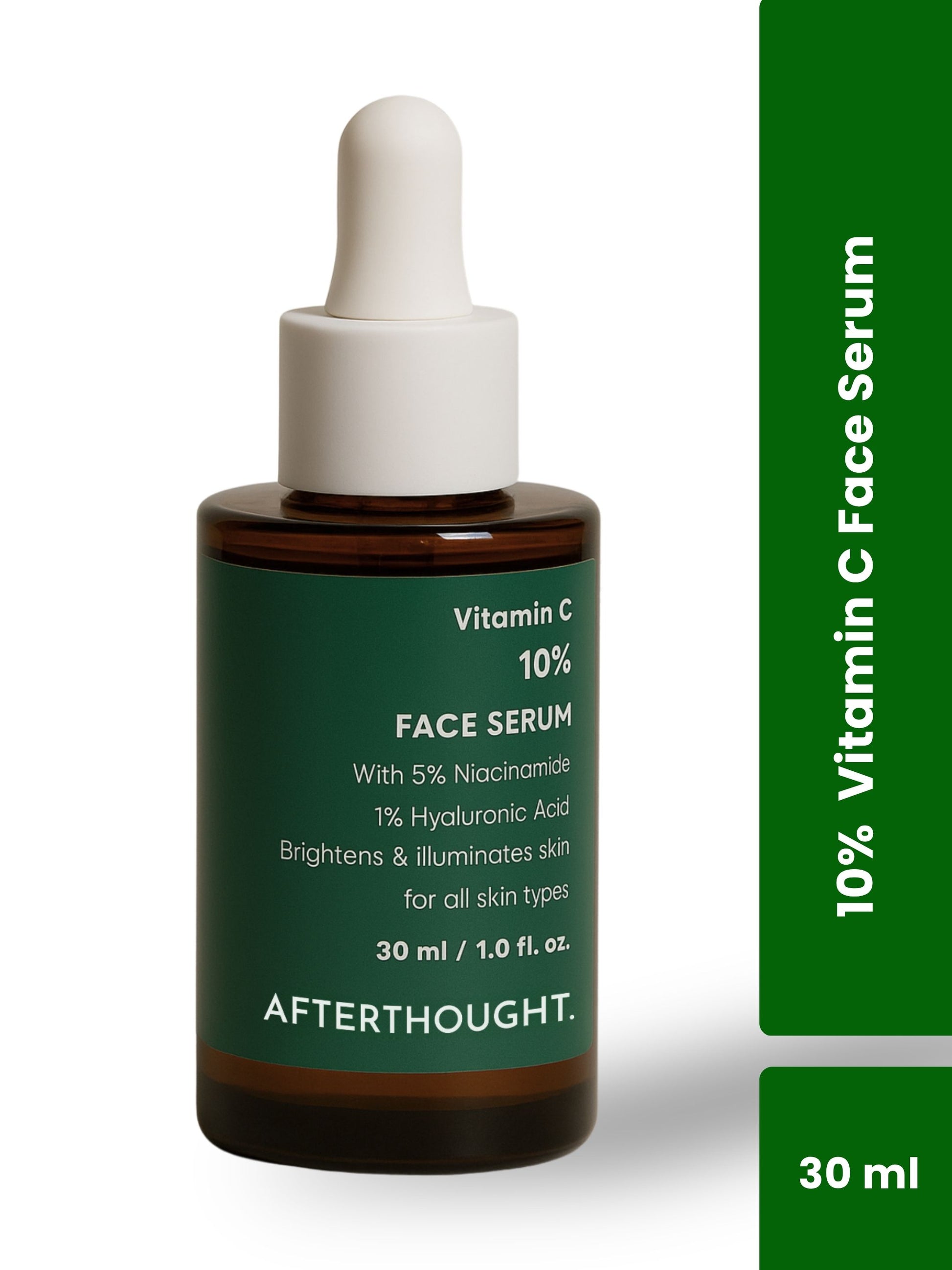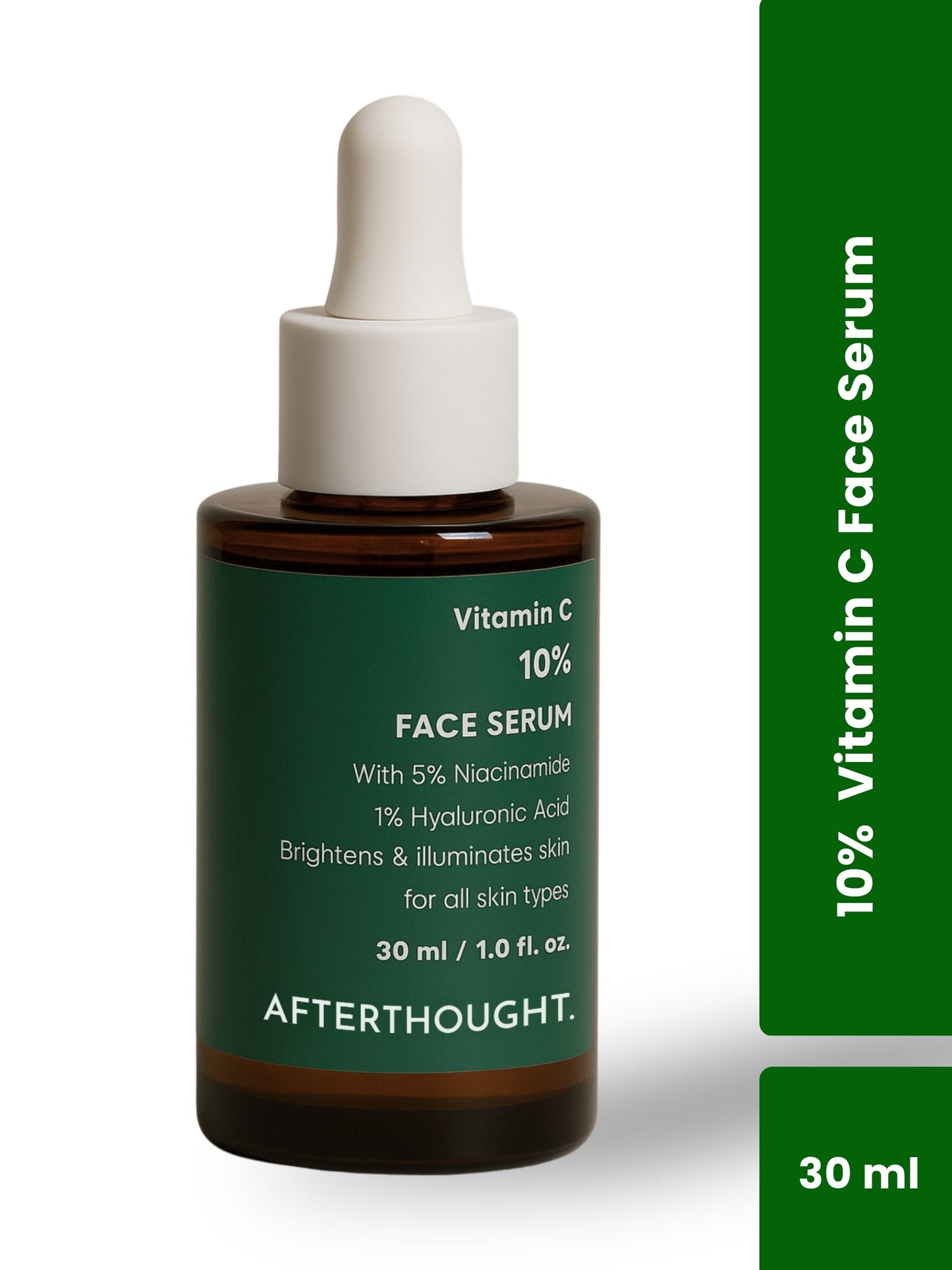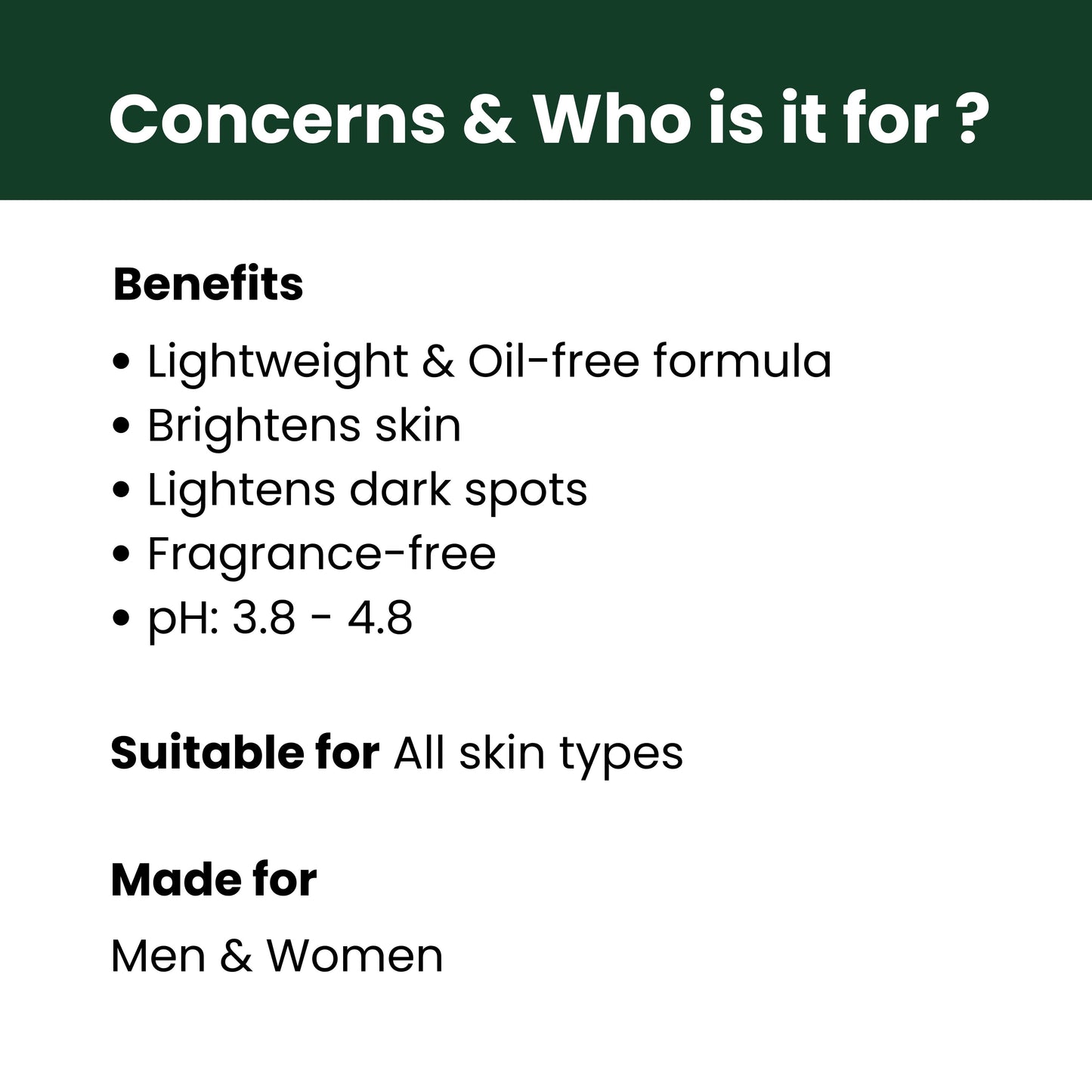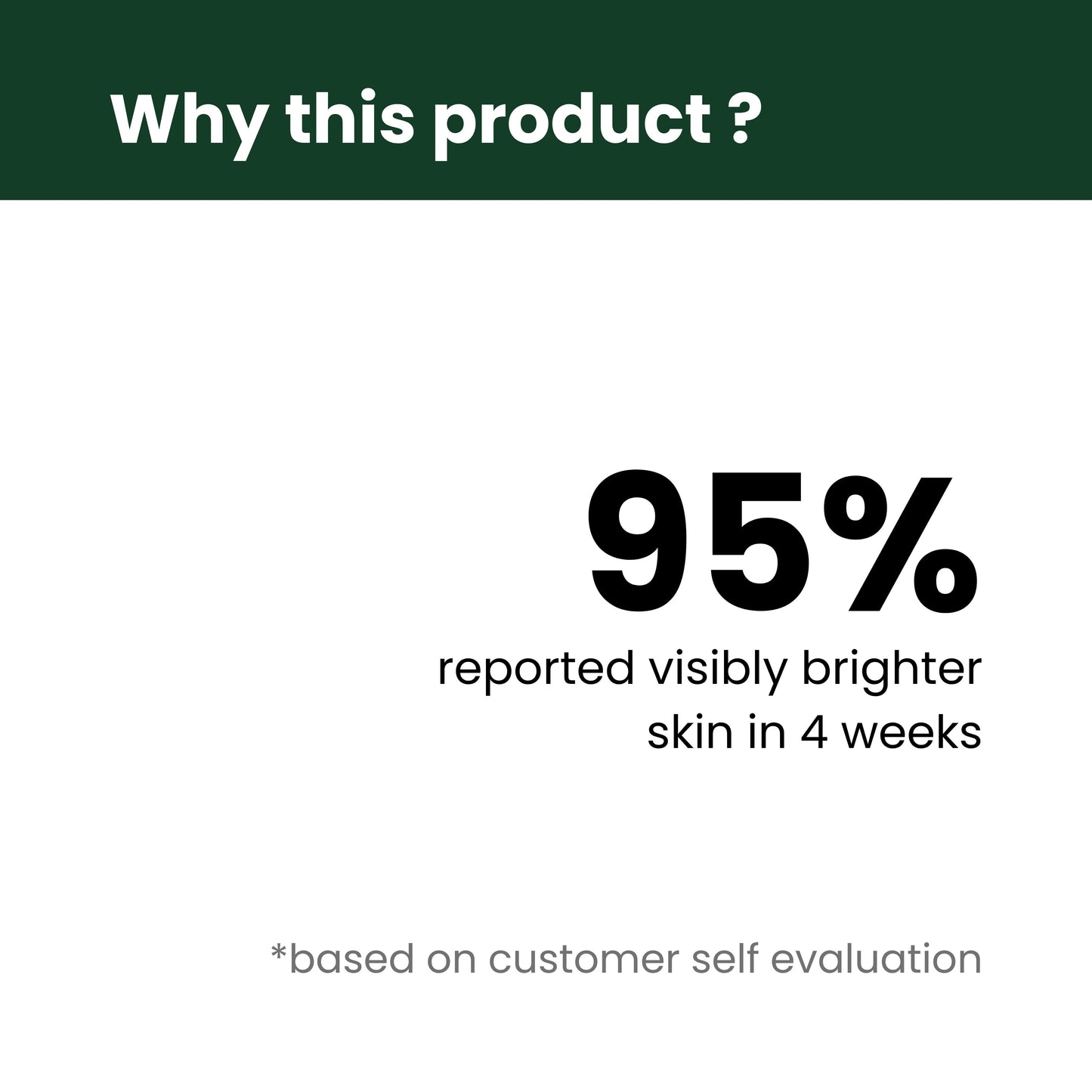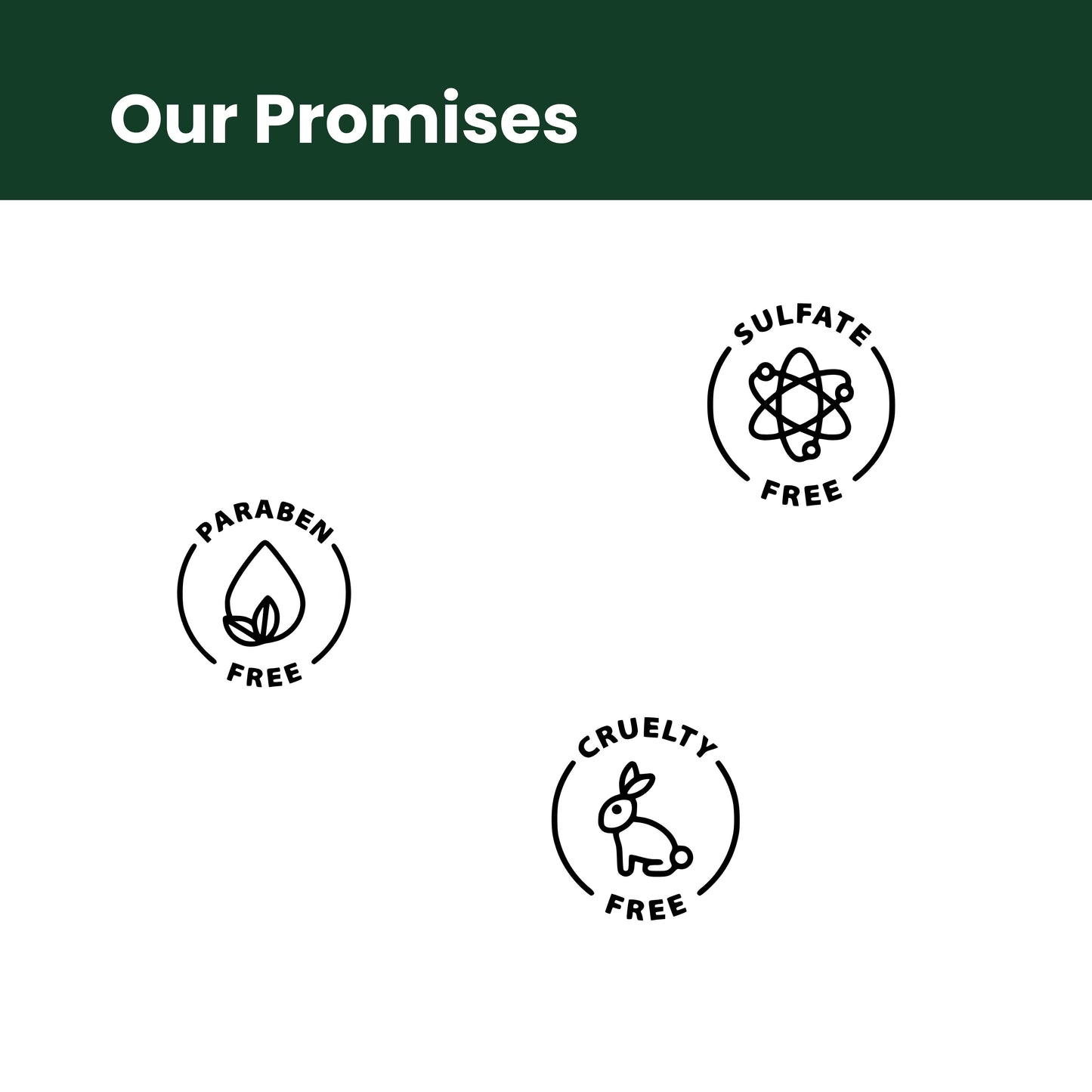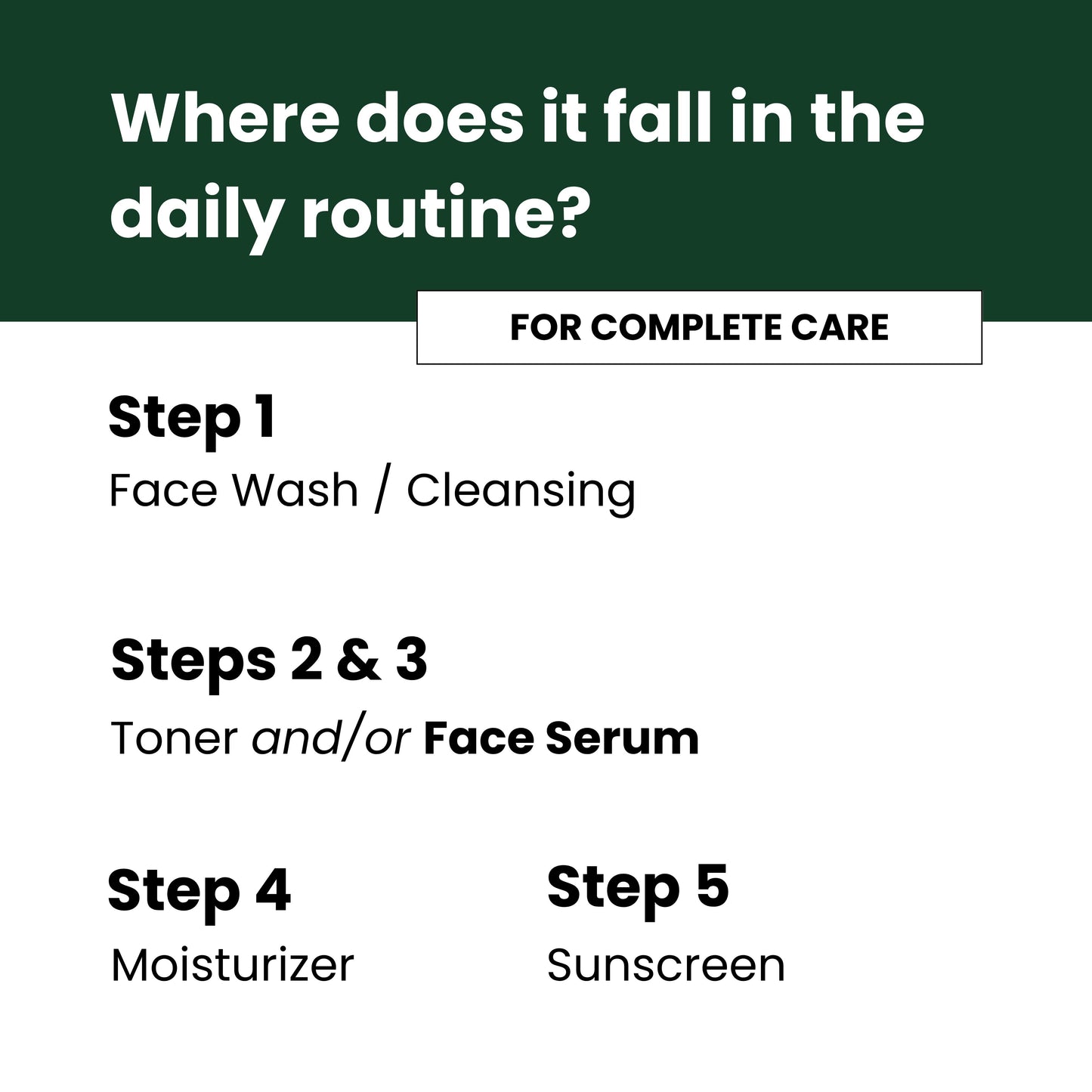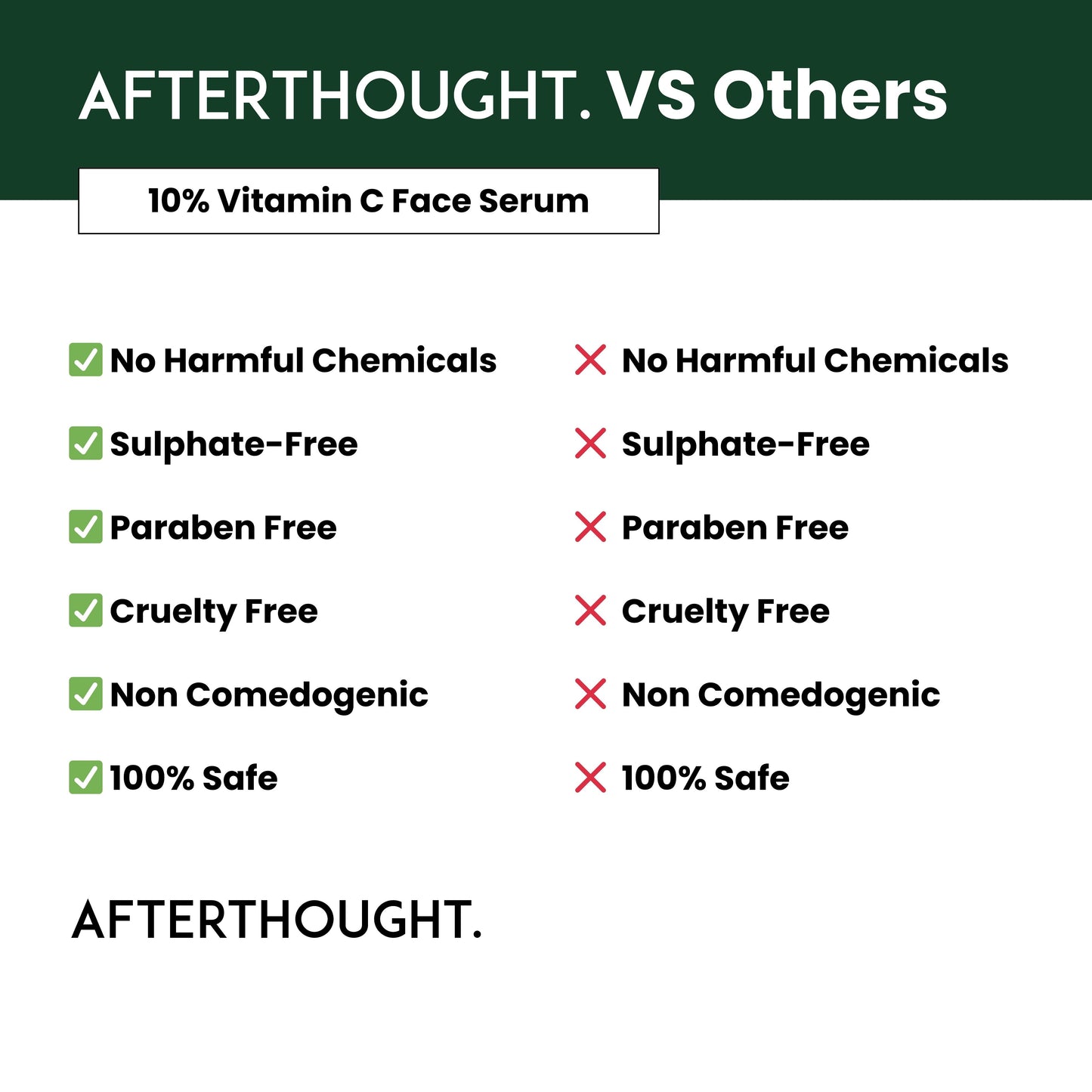How Often Should You Exfoliate Your Face?
Exfoliation is a critical step in any skincare routine, playing a vital role in maintaining a healthy, glowing complexion.
However, the frequency of exfoliation is often debated, and it largely depends on your skin type, the products you use, and your overall skincare regimen.
Over-exfoliating can lead to irritation and damage, while under-exfoliating may leave your skin looking dull. This article will guide you on how often you should exfoliate your face to achieve the best results.
Understanding Exfoliation
Exfoliation is the process of removing dead skin cells from the surface of your skin. This can be done mechanically through physical exfoliants like scrubs, or chemically through products containing acids like alpha hydroxy acids (AHAs) or beta hydroxy acids (BHAs). Regular exfoliation helps to unclog pores, prevent acne, and promote cell turnover, leading to smoother, brighter skin.
Factors to Consider Before Exfoliating
Skin Type
- Oily Skin: If you have oily skin, your face can handle more frequent exfoliation. The excess oil can trap dead skin cells, leading to clogged pores and breakouts. Exfoliating 2-3 times a week can help control oil production and keep your skin clear.
- Dry Skin: For dry skin, exfoliating too often can strip away the natural oils, leading to irritation and increased dryness. Limiting exfoliation to once a week is typically sufficient to remove dead skin cells without compromising your skin’s moisture barrier.
- Sensitive Skin: Sensitive skin requires extra care. Over-exfoliating can cause redness, irritation, and even breakouts. It’s recommended to exfoliate no more than once every 10-14 days, using gentle, non-abrasive products.
- Combination Skin: Those with combination skin should focus on the areas that tend to be oilier, like the T-zone. Exfoliating 1-2 times a week can help balance the different areas of your face without causing harm.
Exfoliant Type
- Physical Exfoliants: Scrubs with granules can be more abrasive, so they should be used less frequently. For most skin types, once a week is enough.
- Chemical Exfoliants: Products containing AHAs, BHAs, or enzymes tend to be gentler and can be used more frequently. Depending on your skin’s tolerance, you might use a chemical exfoliant 2-3 times a week.
Skin Concerns
- Acne-Prone Skin: Regular exfoliation can help prevent clogged pores, which are a common cause of acne. However, over-exfoliating can exacerbate breakouts. A balance of 2-3 times a week is usually effective for acne-prone skin.
- Aging Skin: As skin ages, the natural cell turnover slows down, leading to a buildup of dead skin cells. Regular exfoliation (2-3 times a week) can promote a youthful glow and reduce the appearance of fine lines and wrinkles.
Seasonal Changes
- Winter: During colder months, skin tends to be drier and more sensitive. It’s advisable to reduce exfoliation to prevent irritation.
- Summer: In the warmer months, increased sweat and oil production may require more frequent exfoliation to keep skin clear and fresh.
Signs You’re Over-Exfoliating
Over-exfoliation can disrupt the skin’s natural barrier, leading to a host of problems such as:
- Redness and Irritation: Persistent redness or a burning sensation are clear indicators that you’re exfoliating too often.
- Increased Sensitivity: If your skin becomes more reactive to products or environmental factors, it might be a sign of over-exfoliation.
- Breakouts: Paradoxically, over-exfoliating can lead to breakouts as the skin becomes inflamed and irritated.
- Dryness and Peeling: Excessive exfoliation can strip the skin of its natural oils, leading to dryness, flakiness, and peeling.
If you notice any of these signs, it’s essential to cut back on exfoliation and allow your skin to recover.
How to Incorporate Exfoliation into Your Routine
- Start Slow: If you’re new to exfoliation, start with once a week and gradually increase the frequency as your skin adjusts.
- Listen to Your Skin: Pay attention to how your skin responds. If you notice irritation or dryness, reduce the frequency.
- Follow with Moisturizer: Always follow exfoliation with a hydrating moisturizer to restore moisture and support the skin barrier.
